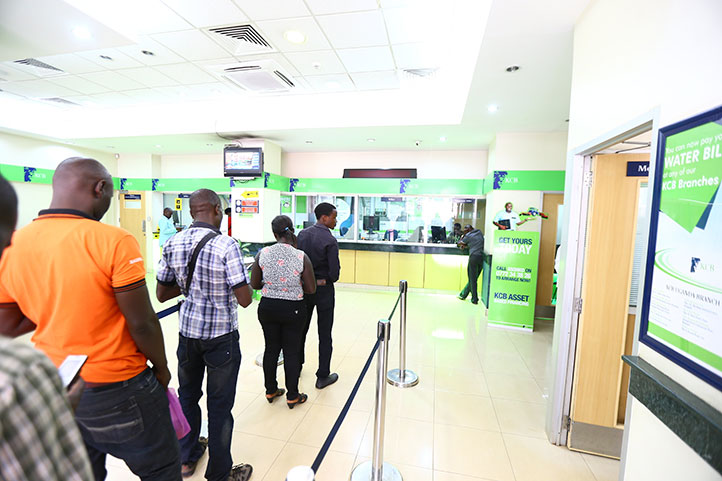KAMPALA, September 12, 2024 – Commercial bank lending rates for shilling-denominated credit in Uganda averaged 17.89 percent for the year ending June 2024, a decrease from the 18.56 percent average recorded in the financial year 2022/23, according to Matia Kasaija, the Minister of Finance, Planning, and Economic Development [MOFPED].
Kasaija attributed this decline partly to a reduction in the risk aversiveness of commercial banks, following continued improvements in economic activity, although the Bank of Uganda has also cut the central bank rate [CBR] to 10 percent.
The minister shared these updates yesterday while presenting the budget strategy for the financial year 2025/2026 at Speak Resort and Convention Centre Munyonyo in Kampala. The presentation was themed “Full Monetization of Uganda’s Economy through Commercial Agriculture, Industrialization, Expanding and Broadening Services, Digital Transformation, and Market Access.”
Kasaija reported that Uganda’s exports have increased to over US$7.5 billion, up from US$4.9 billion in 2023. “In June 2024, Uganda traded at a surplus of USD 45.26 million with the rest of the EAC Partner States, reversing the deficit of USD 72.20 million recorded the previous month. This positive shift occurred despite tariff and non-tariff barriers imposed by some EAC member states on Uganda’s products,” he said.
The government plans to further boost exports through agro-industrialisation and light manufacturing. “Our goal is to achieve annual export earnings of US$20 billion by the financial year 2039/40,” Kasaija announced. He added that the government aims for annual export earnings of US$50 billion in the same period, with mineral-based industrial development, including oil and gas, contributing an additional US$25 billion.
According to Kasaija, the government intends to increase the share of exports in GDP from 15 percent in FY 2022/23 to 50 percent by 2040. Additionally, the share of manufactured products in merchandise exports is targeted to rise from 13 percent to 50 percent, and medium high-tech exports are to grow from 21 percent to 50 percent by 2040.
The government also plans to boost annual Foreign Direct Investment (FDI) inflows from USD 3.01 billion in April 2024—primarily driven by investments in oil and gas—to US$50 billion by 2040. “To achieve this, we will embrace new methods of public business execution, invest in emerging sectors, and leverage new markets and economic relationships,” Kasaija said.
In related news, Kasaija reported that FDI inflow to Uganda surged to US$3.01 billion in April 2024, driven mainly by investments in oil and gas. “The economy has created more jobs thanks to various wealth creation initiatives. The number of formal jobs has increased to 3.14 million, while informal jobs created by programs like Emyooga, the Youth Livelihood Programme, PDM, and the Women Entrepreneurship Programme now exceed 4.66 million,” he added.
Regarding Uganda’s public debt, Kasaija assured that it remains sustainable due to the government’s commitment to fiscal consolidation and economic growth. The nominal debt-to-GDP ratio was recorded at 46.9 percent at the end of June 2023.
More about: The National Budget Strategy FY 2025-26
Buy your copy of thecooperator magazine from one of our country-wide vending points or an e-copy on emag.thecooperator.news
